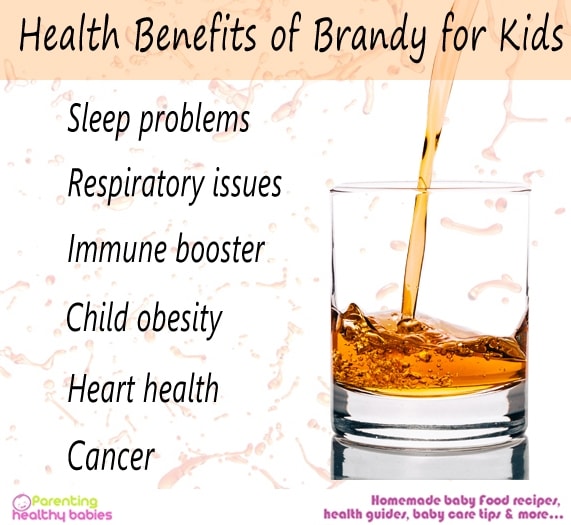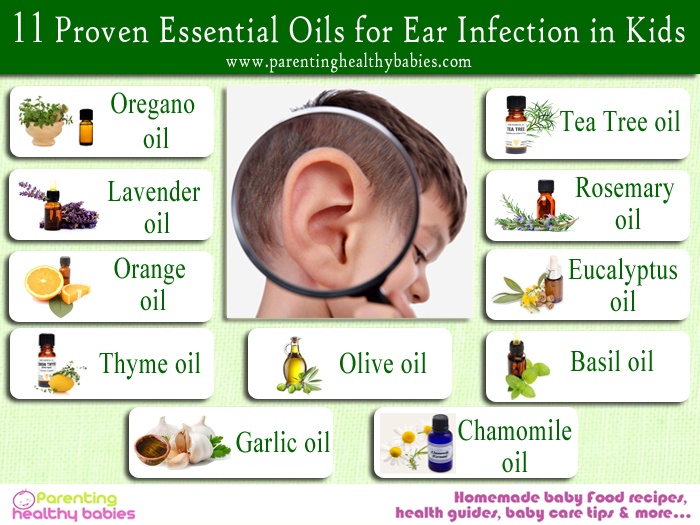Scoliosis is a disorder of the vertebral column wherein the spine develops a lateralor side by side curvature in the shape of an ‘S’ or ‘C’. Thoracic and lumbar vertebra is affected usually. 3-5 out of every thousand children are affected and it usually begins during puberty with the development of the bones and maturation of the vertebral column. Usually, if scoliosis develops in the early years, it resolves as the child grows. If the malformation persists, and is mild(mild scoliosis is when the curve is less than 20 degrees) , the patient usually is able to live a normal life and is kept under observation, whereas if the scoliosis is moderate(curve between25 to 40 degrees) or severe (curve greater than 50 degrees) , the patient may experience difficulties in coping with the outside environment and if not taken care of, she may find herself in severe stress and unable to adjust in the surroundings.
If left untreated, very large curves may cause damage the joints and cause arthritis of the spine, and continuous back pains are often present. This problem can give rise to problems in other systems also, such as problems in bowel habits, respiratory and heart functions.
Diagnosis
The symptoms of scoliosis may resemble those of other neurological conditions or deformities and can also be caused as a result of some infection or injury.
The diagnosis usually takes place in two steps, home screening and proper clinical examination.
Home Screening
Home screening is a very important tool in diagnosing this problem at an early stage and it’s diagnosis in early stages is crucial for the success of treatment.
And Home screening is done mostly by parents and can be done in various ways.
- The child is asked to bend forwards and the back is checked for any kind of asymmetry pertaining to the shoulders, back and hips, one side may be seen sticking out more than the other.
- It can be observed when the child is standing straight, one of the hips may be seen sticking out, or the body might be seen tilting to one side.
- The clothes worn by the child are observed for the fittings, the hemline will not be proper in cases of scoliosis.
- The eyes and ears are examined for a tilt in the eyeline, asymmetry in the ear levels, etc.
- Usually, the patients of scoliosis have a limp when they walk or they tilt towards one side while walking, and this may be observed by the parents.
Clinical Diagnosis
There are usually three steps in the diagnosis of scoliosis:
- The basic clinical examination done by the doctor will also be the forward bend test that will be done to make sure that there is deformity of the spine by the presence of the curvature.
- The nest step in the diagnosis of scoliosis will be X-Ray Examination. In this, imaging is done by passing rays through the spinal area and the extent of the curvature is also determined.
- The next step is usually MRI(magnetic resonance imaging) which is done to check if the present condition might be occurring due to some presenting tumor. This, this step is done to rule out a major cause of scoliosis and thus the treatment can be started.
Treatment
As stated before, moderate and severe conditions require treatment.If the curve is mild, depending on the age, there is usually no requirement of treatment. The treatment is usually aimed at treating the cause of the condition. In most cases, the cause is not known or it is hereditary, i.e. it runs in the genes and the treatment is then targeted on other factors.
How is the Treatment Selected?
Treatment is usually selected on the basis of a few factors pertaining to the individual, e.g. the age of the patient, extent of development of the child as well as extent of development of the deformity. It is also dependent on the tolerance to medications by the patient, expectations of the patients. Your opinion or preference for a particular method of treatment.
There are mainly three methods of treatment, namely observation, bracing and surgery.
The treatment is usually aimed at reduction of symptoms rather than treatment of the present condition. Usually, the basic approach to treating scoliosis is aimed at retraining the brain to correct the spine’s alignment. Neuromuscular training can help if the curve is not more than 20 degrees, it can bring the curvature down to 10 degrees.
Neuromuscular causes are the ones that progress very fast and become very limiting. All the treatment options are used almost exclusively to stop the curve from becoming more extensive.
The Basic Ways of Treatment of Scoliosis are as follows
Bracing
This is the most widely used method for keeping the spine in shape. There are various types of braces now available. These may be the ones you have to keep wearing throughout the day and is removed only while having a bath or may be used as directed by the physician. The effectiveness of the braces is prominent only when they are used according to the directions given by the doctor.
Surgery
The curvatures that are not controlled by braces or various exercises have to be treated by surgery. Generally, scoliosis becomes better by braces or with age and a very few number of cases actually progress to surgery.
For surgery, a neuromuscular or an orthopedic surgeon is consulted.
The most common type of surgery is the spinal fusion surgery wherein the surgeon reaches the child’s spine by making an incision. This is followed by putting screws and nails in the vertebral column which puts the spine in a proper position. This kind of surgery, like other surgeries, has a set of complications which are quite similar to those seen in other kinds of surgeries.
Other Methods That Are Tried for The Treatment of Scoliosis
Other methods used for controlling this condition are physical therapies, various exercises, chiropractic practices, yoga, and other methods but the effectiveness of these methods is not proven. Usually these are aimed at reducing the pain in these individuals along with the occasional use of Non-Steroidal Anti Inflammatory Drugs(NSAIDs), which might be given to reduce the acute attacks of pain and inflammation.













